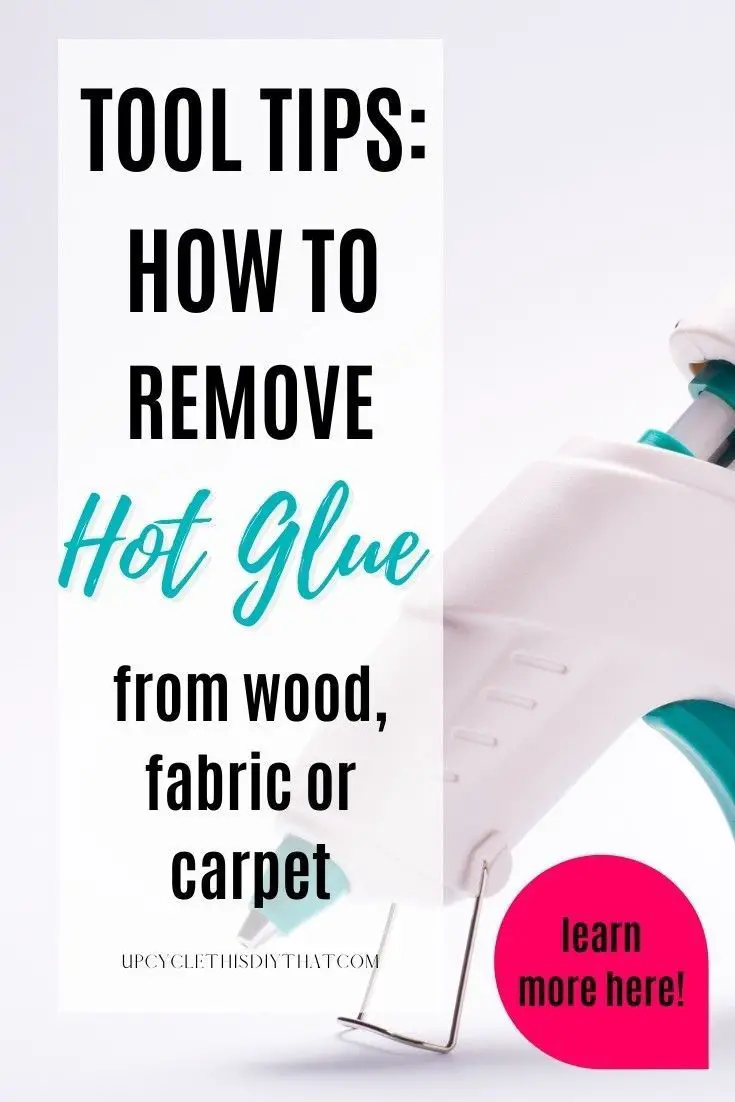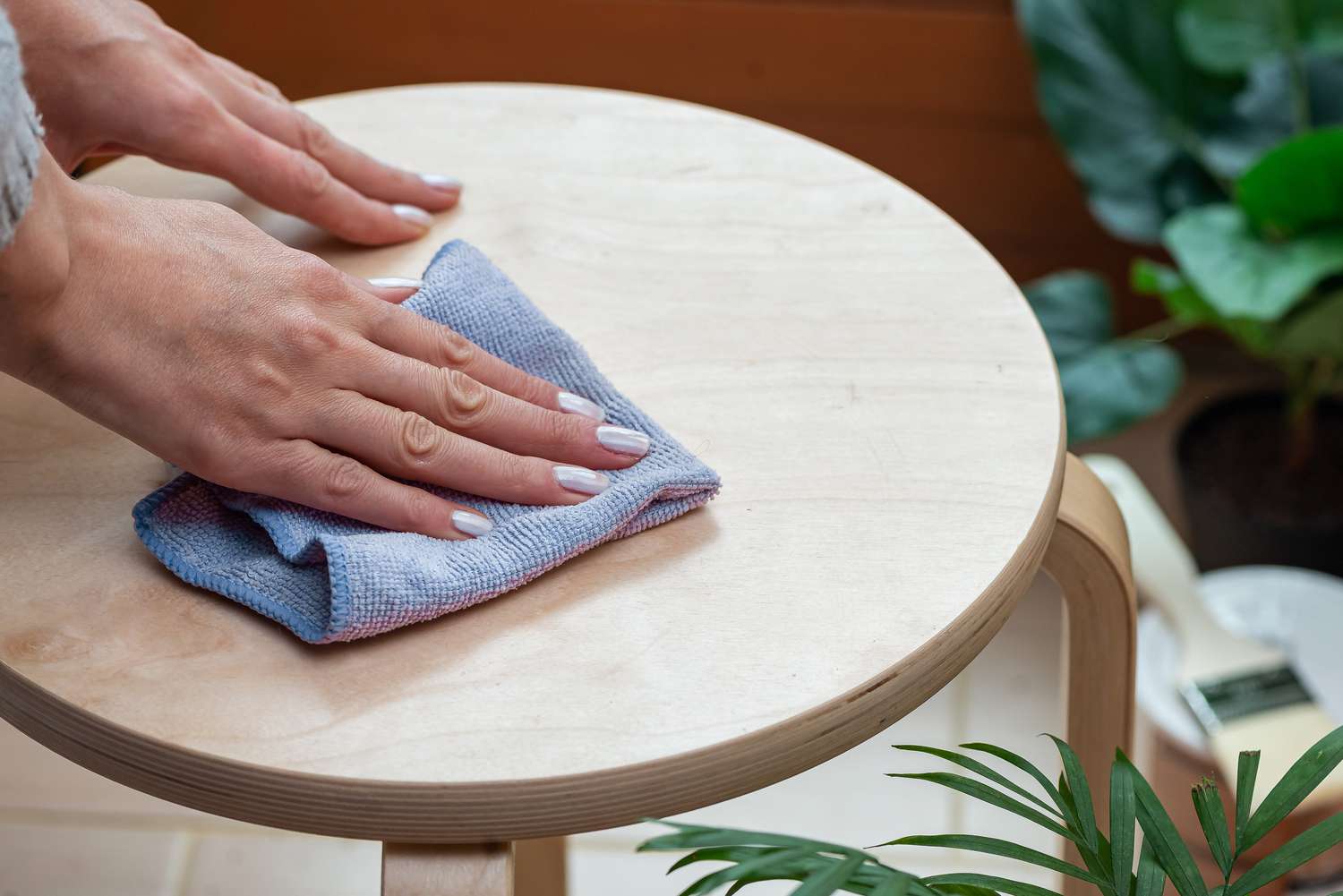Confronting the challenge of adhesive residue on your cherished wooden surfaces can be daunting. Whether it’s from a previous DIY project or an accidental spill, finding the best way to remove glue from wood is essential for restoring your furniture or flooring to its original glory. In this comprehensive guide, we’ll explore various methods to tackle this sticky situation, ensuring your wood remains in pristine condition.
Understanding Different Types of Glue on Wood
Before diving into removal techniques, it’s crucial to identify the type of glue you’re dealing with. Wood adhesives can range from PVA (Polyvinyl Acetate) used in carpentry to the more robust epoxy or polyurethane glues. Each type has its unique properties and requires specific approaches for effective removal.
Preparation: Tools and Materials Needed
Gearing up with the right tools is the first step to success. Gather items such as a plastic scraper, clean cloths, a heat gun, and potentially chemical removers. Safety gear like gloves and eye protection should also be on your checklist to safeguard against any accidental spills or splashes.
How to Dissolve Glue on Wood
Once you’ve identified and prepared for the job, it’s time to dissolve the glue on wood. There are several reliable methods, ranging from natural solutions to more aggressive chemical treatments. Choosing the right approach will depend on the glue type and your preference for eco-friendly options.
Using Household Products to Soften Glue
- Vinegar: Apply a small amount of white vinegar to the glue and let it sit for several minutes to soften.
- Mayonnaise: The oils in mayonnaise can break down the adhesive. Apply, let it sit, and then wipe away.
- Soapy Water: A gentle method that can work wonders on water-soluble adhesives.
Heat Gun to Remove Wood Glue: A Step-by-Step Guide
- Plug in the heat gun and set it to a moderate temperature.
- Hold the heat gun several inches away from the glue to avoid scorching the wood.
- Once the glue softens, gently scrape it off with a plastic tool.
- Wipe the area clean with a damp cloth.
Chemical Solutions: How to Dissolve Wood Glue
For more obstinate adhesives, a chemical glue remover might be necessary. Apply the solution according to the manufacturer’s instructions, taking care to ventilate the area and protect your skin and eyes.
How to Get Glue Off Wood Furniture
Furniture requires a delicate touch when removing glue to preserve the finish. The following advice will ensure that you protect your investment while achieving a glue-free surface.
Techniques for Delicate Surfaces
- Test any product on an inconspicuous area first.
- Use a cotton swab to apply solvents precisely where needed.
- Gently buff the area with fine-grit sandpaper if all else fails.
Protecting the Finish While Removing Glue
It’s important to consider the finish of your wood furniture. Certain chemicals can strip away varnishes or paints, so use a gentle approach. Oil or wax finishes might benefit from a touch-up after the glue has been removed.
Dissolving Super Glue from Wood
Super glue poses a unique challenge due to its strong bond. Nonetheless, with the right technique, you can successfully dissolve super glue from wood without causing damage.
How to Clean Super Glue Off Wood
Acetone is often the go-to solvent for super glue. Apply a small amount with a cotton swab, allowing it to penetrate the glue before attempting to peel it off. Remember, patience is key.
Special Considerations for Super Glue Removal
Because super glue sets quickly and forms a strong bond, haste can result in damage. If acetone doesn’t work, consider a specialized super glue remover and follow the product’s instructions carefully.
Glue Removal from Wood: Additional Tips and Tricks
Even with proven methods, some glue residues can be particularly stubborn. Here are some additional tips and tricks to help you in those challenging scenarios.
Alternative Methods for Stubborn Glue Residue
- Mineral spirits can break down adhesive remnants, especially from labels and tape.
- For glue in crevices, a dental pick can be an invaluable tool for careful removal.
- Consider using a commercial adhesive remover as a last resort.
When to Call a Professional
If you’re dealing with an antique or valuable piece of furniture, or if the glue is simply not yielding to your efforts, it might be time to call in a professional. They will have the expertise and the tools to handle the job without risking damage to your wood.
Maintaining Wood Surfaces Post-Glue Removal
After the glue has been successfully removed, maintaining your wood surfaces will help prevent future issues and keep them looking their best.
Cleaning and Polishing After Glue is Gone
A gentle cleaning with soapy water followed by a thorough drying is recommended. Then, apply an appropriate wood polish to nourish the surface and restore its luster.
If you’ve ever encountered the frustrating task of removing glue from wood, you’re not alone. For various methods and solutions to tackle this sticky situation, we have a guide on what takes off glue in general. If you’re dealing specifically with wood glue, our detailed article on what dissolves wood glue may provide the exact information you need. And should you need to remove glue from other surfaces like plastic, be sure to check out our tips on what gets glue off of plastic for effective cleaning techniques.
Preventing Future Glue Stains
To avoid future glue mishaps, always use adhesives with care and place protective layers, such as scrap wood or paper, beneath your work area. Equip your workshop with the necessary items to address spills immediately, and you’ll be well-prepared to keep your wood in top condition.
By following these guidelines, you’ll be able to tackle any glue-related challenge on your wooden surfaces with confidence and ease.


